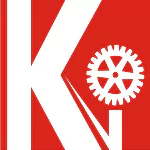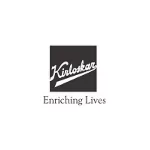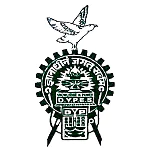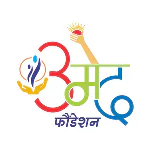
An IT company faced challenges in effectively managing customer relationships, projects, leads, tasks, and employee information. The manual processes and disparate systems were hindering collaboration and efficiency. To address these issues, the company initiated the CRM Web Application project, aiming to develop a comprehensive solution that integrates CRM and project management functionalities. The goal was to enhance customer relationship management, streamline project workflows, and improve overall operational efficiency.
Take the First Step Today
Schedule Your Consultation and Unlock Growth Opportunities !
Objective:
The primary objective of the project was to create a CRM Web Application tailored for an IT company, focusing on the following key goals:
- Centralized CRM Management: Developing a centralized system for effective customer relationship management, including leads, opportunities, and client interactions.
- Project Management Integration: Integrating project management functionalities to streamline project workflows, task assignments, and progress tracking.
- Leads Management: Implementing a system to track and manage leads effectively, from initial contact to conversion.
- Task Management: Improving task management processes for enhanced collaboration and productivity.
- Employee Management: Centralizing employee information for efficient HR processes and project team assignments.
Challenges:
Several challenges were identified at the project’s inception:
- Disparate Systems: Managing customer relationships, projects, leads, tasks, and employee information across disparate systems led to data silos and inefficiencies.
- Collaboration Issues: Lack of a centralized platform hindered collaboration among teams, impacting project workflows and communication.
- Data Accuracy: Manual data entry processes led to data inaccuracies, affecting the reliability of customer information and project details.
- User Adoption: Ensuring seamless adoption of the new system by employees required overcoming resistance to change.
Solutions:
To address the challenges, a comprehensive set of solutions was implemented:
- Integrated CRM and Project Management: A unified platform was developed, integrating CRM and project management functionalities for seamless collaboration.
- Automated Data Entry: Automation features were implemented to reduce manual data entry, improving data accuracy and reliability.
- User-Friendly Interface: The application was designed with a user-friendly interface to encourage adoption and facilitate ease of use.
- Training Programs: Training programs were conducted to familiarize employees with the new system, promoting smooth adoption and usage.
Results:
The implementation of the CRM Web Application led to several positive outcomes:
- Improved Collaboration: The integrated platform facilitated better collaboration among teams, improving project workflows and communication.
- Enhanced Data Accuracy: Automated data entry processes reduced errors, improving the accuracy and reliability of customer and project information.
- Streamlined Workflows: The unified system streamlined CRM and project management workflows, leading to increased operational efficiency.
- Positive User Adoption: Training programs and a user-friendly interface contributed to positive user adoption, with employees embracing the new system.
Conclusion:
The CRM Web Application project successfully addressed the challenges faced by the IT company, providing an integrated solution for CRM and project management. The project not only improved operational efficiency but also showcased the transformative impact of technology in enhancing collaboration and customer relationship management. The commitment to seamless integration, automation, and user-friendly design demonstrated the project’s success in meeting its objectives. This case study serves as a testament to the positive outcomes of digital transformation in optimizing processes within the IT sector.
Begin Your Digital Transformation
Minimize risks and establish a strong foundation for your ambitious projects.
Subscribe
Subscribe for updates, exclusive offers, and expert insights straight to your inbox !






























